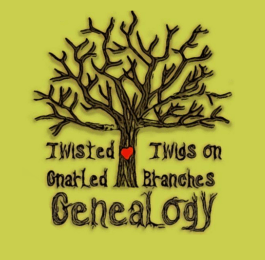More than what’s on the record, note what kind of record it is. A marriage will have banns (official announcement of intent to marry), a permission affidavit (an underage groom/bride obtained permission from parent/guardian to marry), a bond (financial promissory note that the marriage will take place and is legal or a fee will be charged), a license (gives permission from the state for the couple to be wed/used as return for state proof of marriage), a return (signed affidavit from the justice or minister that the wedding had been legally performed), and/or a certificate (usually given to the couple as proof of legal marriage). Just because a marriage is noted in a collection does not mean it took place or even took place on that day. Birth and Death records don’t have so many confusing forms, but can have different versions. Stillbirths, for example, may have a combined certificate that shows a birth and death date; although not every state gives a stillbirth a record. Birth and death can have short and long forms, which can have different information on them. Some of them won’t be publically accessible, depending on state.
Another thing that depends on state is when records were created! While many states have existed for centuries, most states haven’t required records to be created until the early 1900s. So here’s a handy little pinup to use which lists the first year that states required records:

Now, remember, this is just the start of regulated required record keeping for the BMD. The older the state, the older its record collection. They’ll just be less reliably curated earlier than these dates. They may not be kept at the state level, so you’ll need to contact the county or parish. They may be church registries instead of government licenses or certificates. Even if the records are out there, you also need to remember privacy laws for each state can vary. The more recent the record, the less likely you’ll find it online; the more likely that you have to be named on the record to retrieve it; and the more likely you’ll need to prove your relationship to the people named within should it be available. First and foremost, these records are created for government purposes. They’re wellsprings of information, but they weren’t meant for us when they were created. Whatever state you’re researching, research more than just your ancestor. Know your record rights and what you’ll have to do to get them. Not every archivist knows their own rules, so be forearmed on whether you have a right to the records and how you can obtain a copy. Many states recoup their administration and storage costs by charging a fee for these records; know that fee up front too.
And there you have it, the basic understanding of the BMD collections that will help you build a solid foundation for your tree. You’ll branch past them into church records, newspaper announcements, and family ephemera, but these records will be reliable sources if you know where and how to look.
~ Ana

